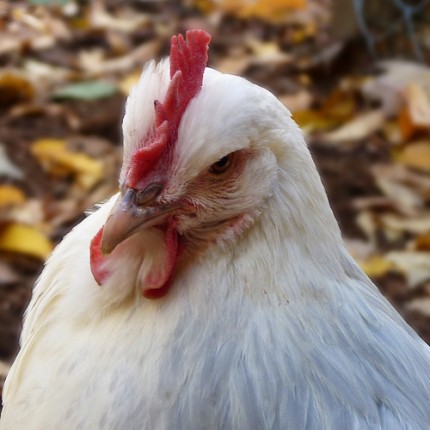Sustain Ontario’s Position on Supply Management
Posted: October 11, 2013
Categories: Food in the News / GoodFoodBites / News from Sustain Ontario / The Meat Press
 The issue of supply management is a complex issue and one that is gaining greater attention from the public and media.
The issue of supply management is a complex issue and one that is gaining greater attention from the public and media.
For these reasons, Sustain Ontario feels it necessary to clarify its stance on Ontario’s supply management system.
Most Sustain Ontario members are strong supporters of supply management and believe that the quota system is critical in building a strong local food and agricultural sector, one in which farmers receive a fair deal when it comes to selling their products. Supply management and marketing boards also play a crucial role in assessing and meeting market demands.
Sustain Ontario believes that there is a great opportunity to innovate within the supply managed system and open up the conversation between marketing boards and other stakeholders to find more options for certain markets that may be underserved, namely for pastured poultry and local/sustainable direct-marketed chicken. (See www.flockingoptions.ca for more information on the quota system for broilers)
Furthermore, the current system also leaves little room for new farmers to scale-up, or engage in diversified production. Raising a maximum of 300 broilers for on-farm sales leaves some farmers unable to meet their customers’ demands, but 90,000 birds (14,000 units of quota) is simply too much for most new entrants or diversified enterprises to invest in. These “in-between” operations are deserving of more options within the supply management system.
There are some options within the system that may allow farmers to circumvent the 300 bird/year maximum, such as devising a flock plan and applying for self-marketing quota. This is one great option, but it is unclear how many producers have been able to access this option and how many more might be able to apply.
Moving Forward
There is currently a great deal of work being done to address these concerns, but progress has been slow and key challenges have not yet been met. Other provinces have begun addressing these issues and implementing reforms. British Columbia underwent a review of all supply managed commodities and now chicken farmers are allowed to produce up to 3,000 birds each year without quota but with a provincially-allocated permit (a decision adopted by the chicken marketing board) while Alberta allows for the production of 2,000 non-quota chickens per year. In Saskatchewan, farmers can apply for a special 4,000 chicken limit without quota if they produce for a niche market, such as organic or halal.
The supply management system serves a vital function, but reforms are key for the benefit of both consumers and producers. There is a growing demand among consumers for pastured, free-range, organic chickens, but due to the system’s limitations, they have difficulty sourcing them. These consumer demands cannot be met unless the farmers producing these chickens have means of accessing new markets and finding processors for their birds.
It is imperative that the Farm Product Marketing Commission take leadership on this issue, engaging with stakeholders across the sector and looking to the examples of other provinces to forge creative solutions that serve a greater variety of farmers and consumers.
We encourage everyone to visit our Flocking Options page and Meat Press blog to learn more about the supply management system.
